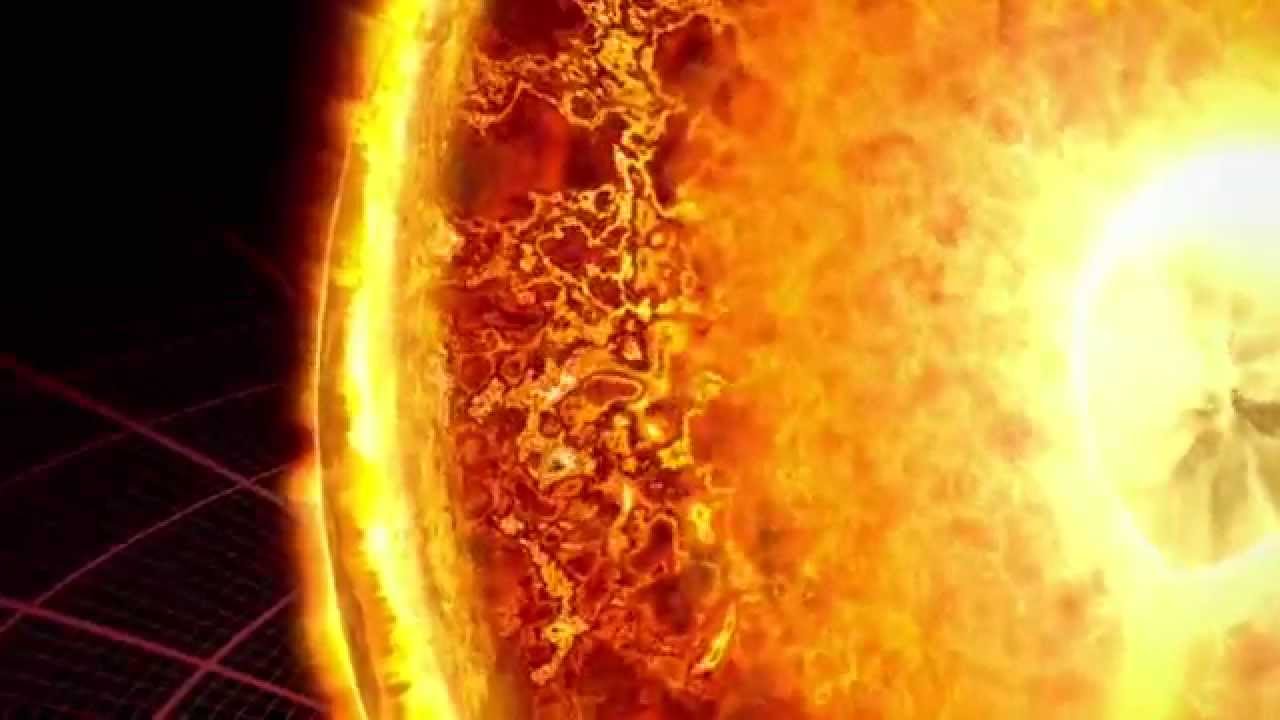
Signs have emerged of dark matter interacting with a force other than gravity. Since the most popular explanation for dark matter is of particles that interact only weakly, if at all, with forces other than gravity, the discovery could either refine our understanding of these interactions or force a complete rethink.
The conclusion comes from the observation of anomalous behavior in a galactic demolition derby zone 1.3 billion light-years away where four galaxies are smashing into each other.
Durham University’s Dr. Richard Massey reports in The Monthly Notices of the Royal Astronomical Society that the cluster of galaxies known as Abell 3827 is positioned so that it acts as a gravitational lens for more distant objects. This gave Massey and a team from 15 other institutions the chance to map the distribution of matter though the cluster – the more heavily clumped the matter, the more it will bend distant light.
This technique has been used before to reveal the presence of matter that isn’t emitting light, but the authors note that the collision of “four almost equally bright elliptical galaxies… is very rare.”
The mapping revealed that “each of the central galaxies retains a dark matter halo, but that (at least) one of these is spatially offset from its stars,” the authors report. In the most extreme case, the dark matter was centered 5,000 light-years away from the stars.
As the paper notes, isolated galaxies (referred to as “field galaxies”) have dark matter halos that coincide with their visible stars. However, models of the interactions between galaxies within clusters predict such offsets may arise, depending on the nature of dark matter. Consequently, finding an example of dark matter dragging behind its galaxy, as appears to be the case in Abell 3827, is highly indicative of dark matter’s behavior.
Under this interpretation, dark matter is not truly dark, but instead interacts slightly with at least one of the three non-gravitational fundamental forces. Such interactions are expected to produce a small amount of friction, which would slow dark matter down relative to the motion of stars.
“We used to think that dark matter sits around, minding its own business,” Massey says. “But if it slowed down during this collision, this could be the first dynamical evidence that dark matter notices the world around it.”
The authors admit that other explanations for the observed offset are possible. However, the size of the offset, combined with an estimate of the time over which the collision has taken place, has allowed the team to estimate the strength of these influences if they are indeed responsible.
On the other hand, a subgroup of the researchers involved in this study examined 72 less dramatic galactic collisions. Last month, they reported very little evidence of displacement between bright and dark matter, and therefore of non-gravitational interaction by dark matter. Massey says the two studies are not in contradiction, but rather set an upper and lower bound on the extent of interaction. In the future, he hopes to use more galactic examples to narrow the window further, saying: “Dark matter, we’re coming for you.”
Via IFL Science






